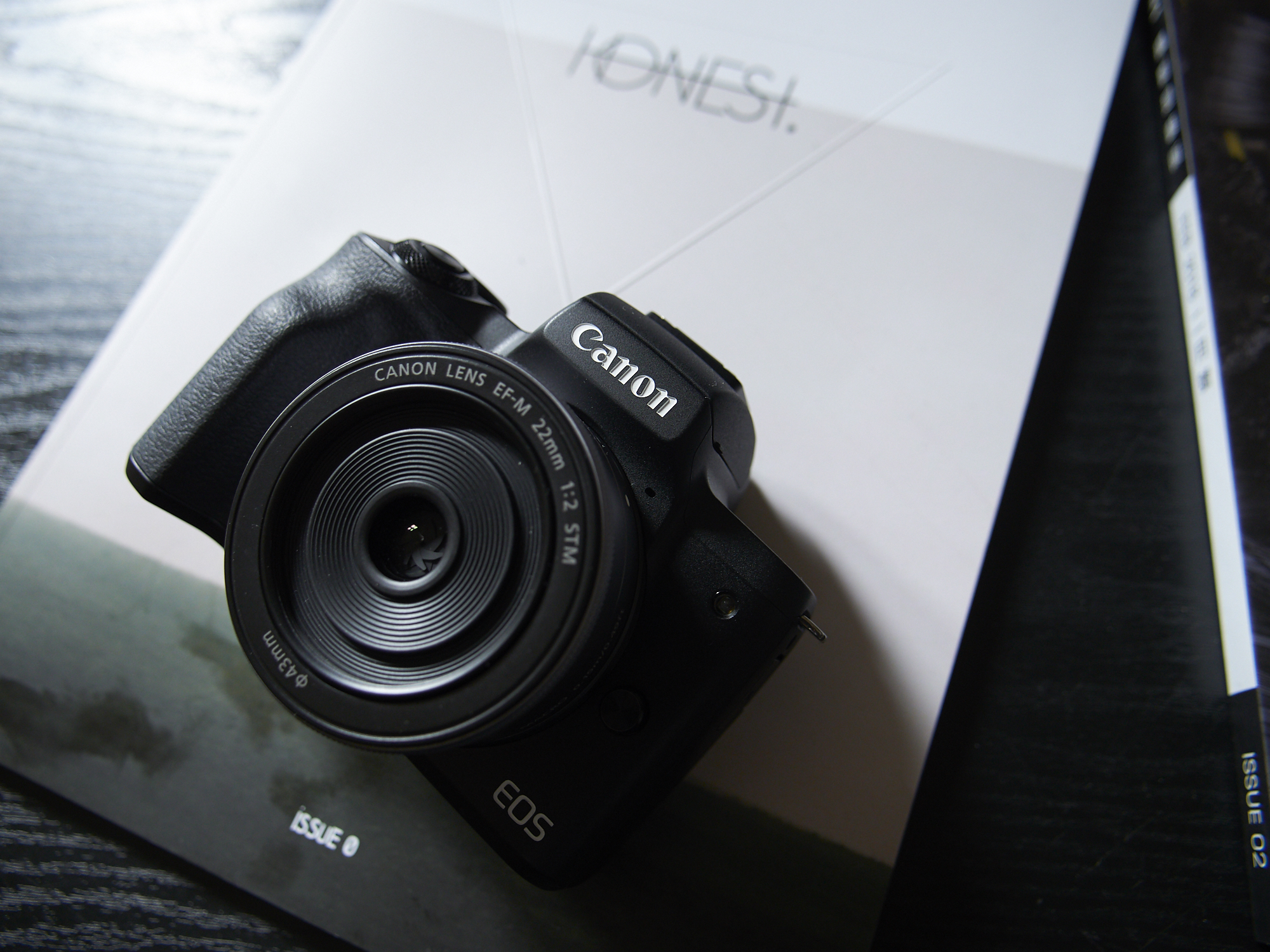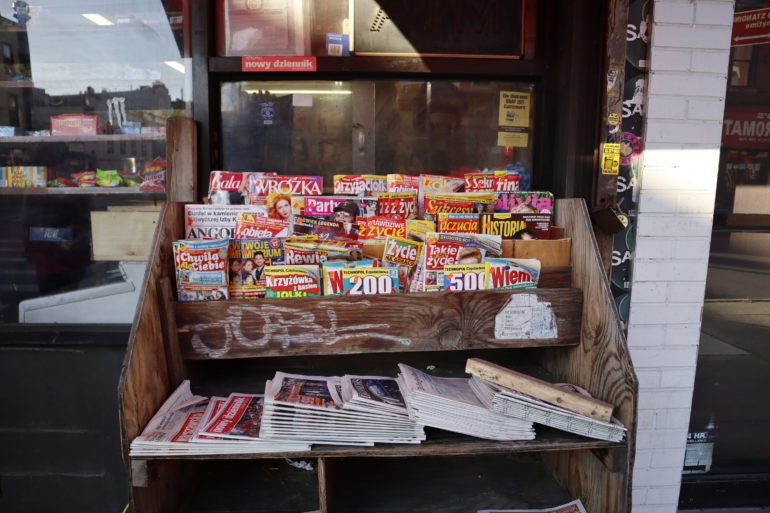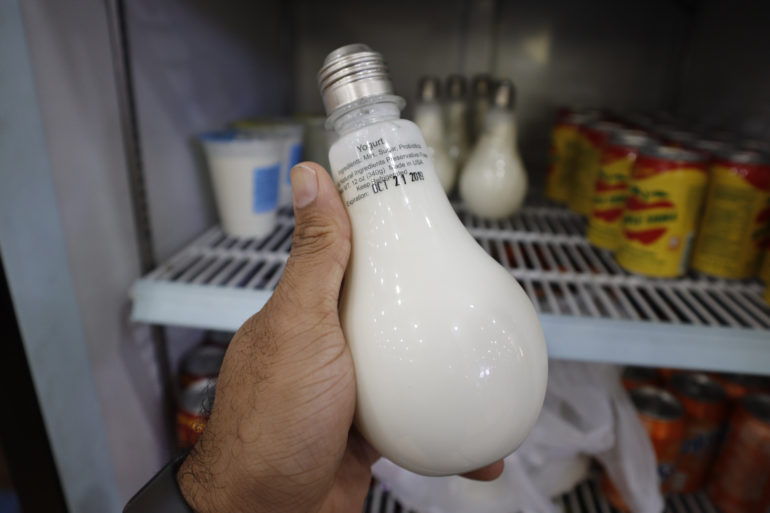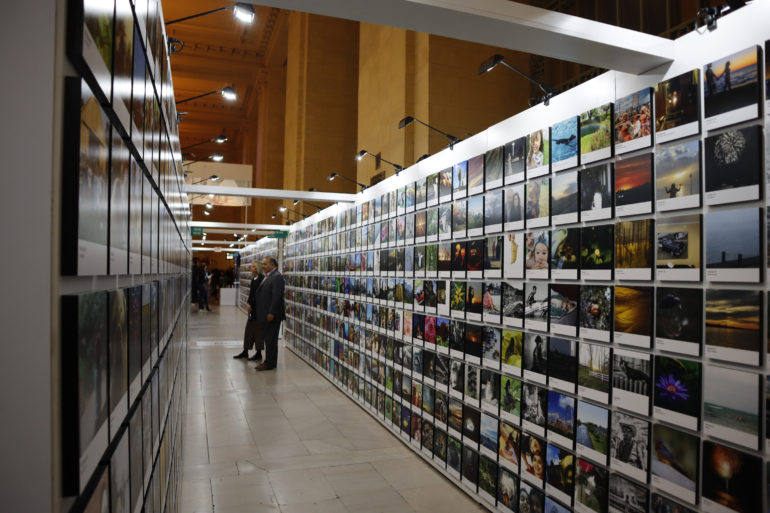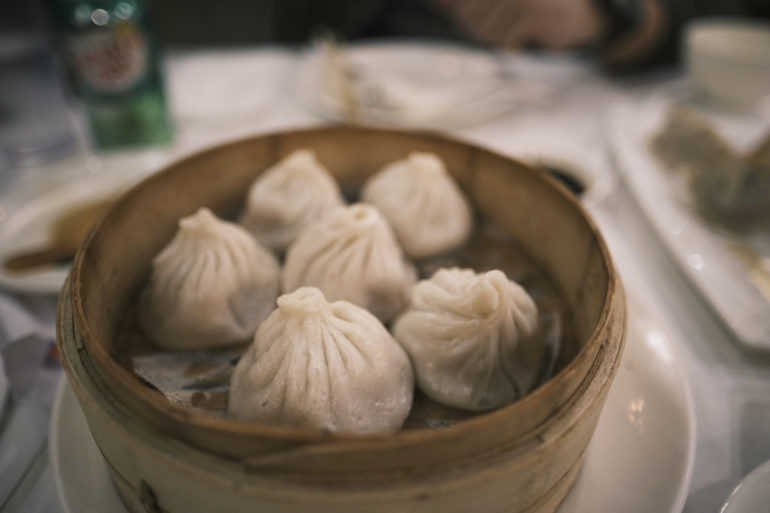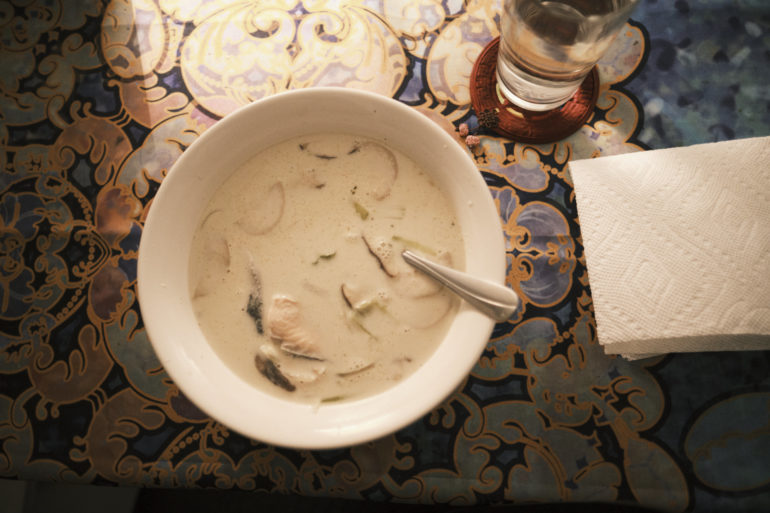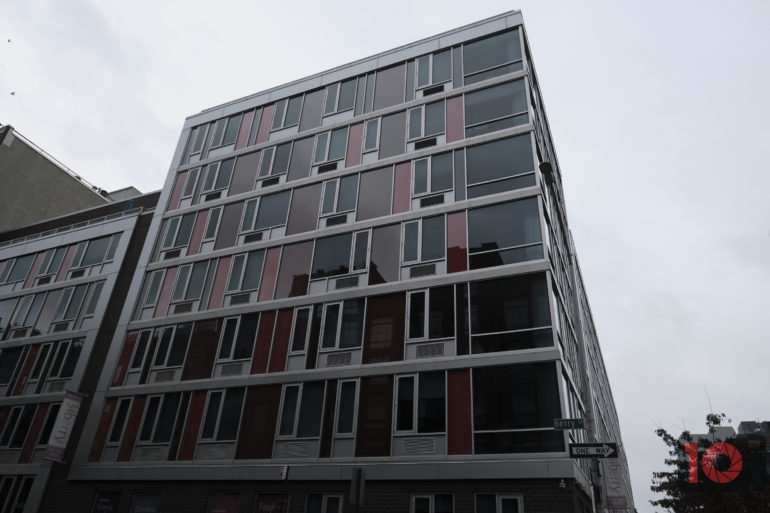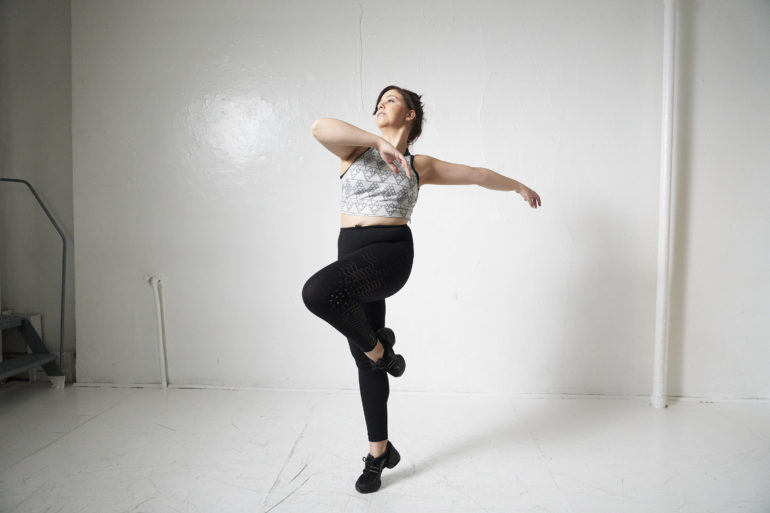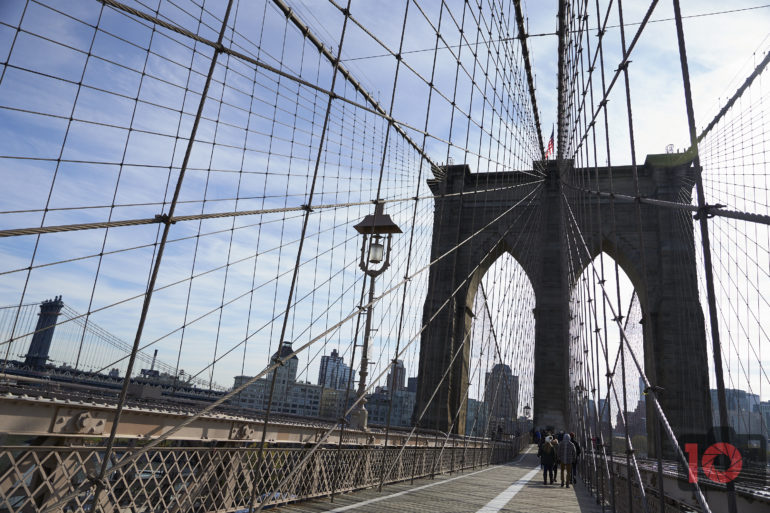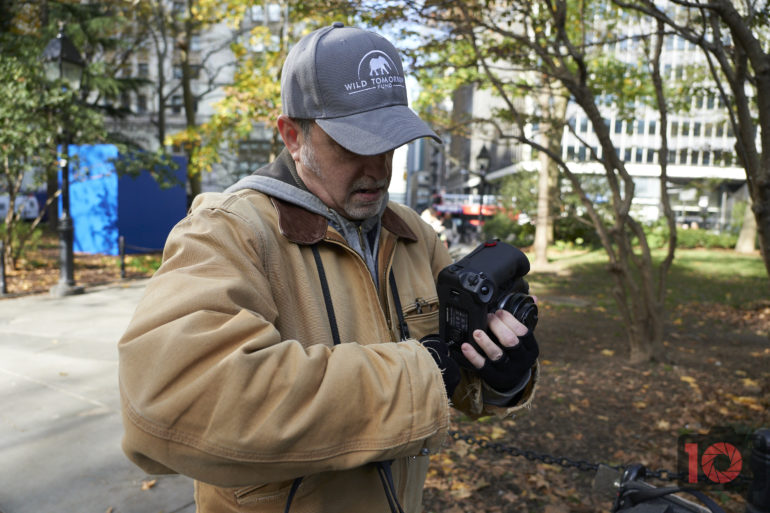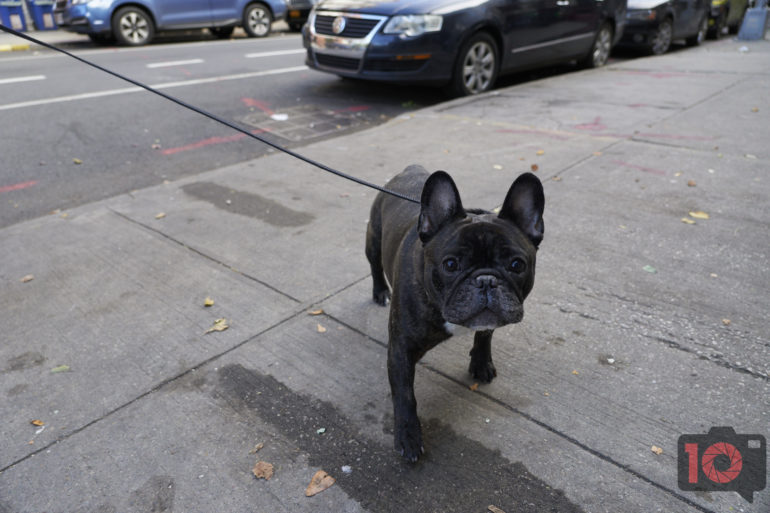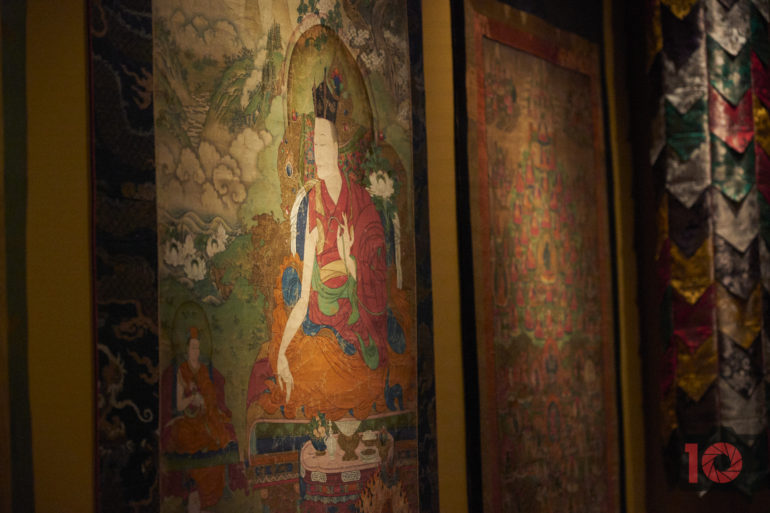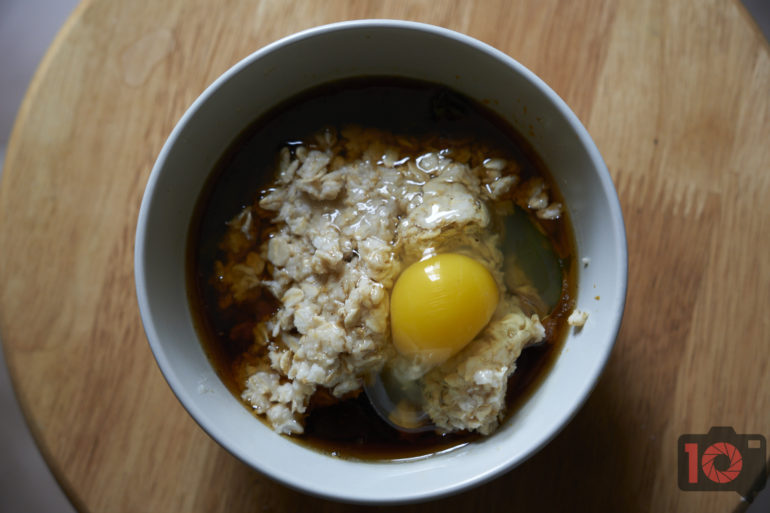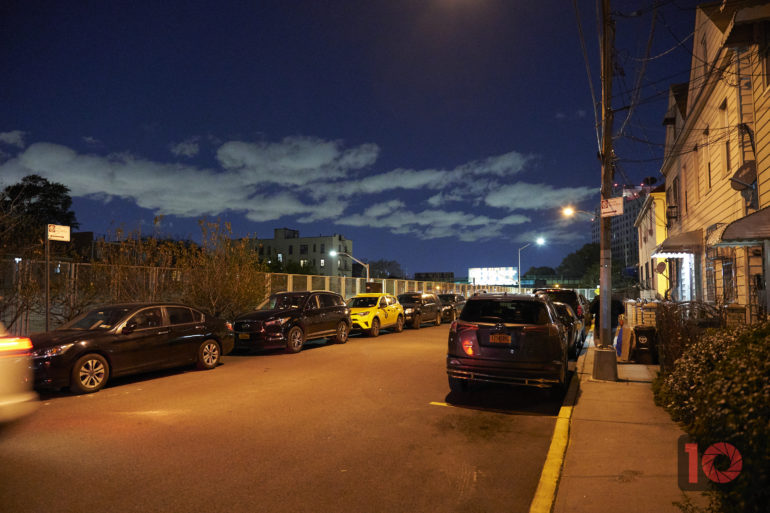Last Updated on 07/12/2020 by Chris Gampat
The Canon APS-C sensor is a 1.6x crop and smaller than the rest of the industry’s, but is it worse?
One of the more significant concerns of many photographers has always been about Canon’s APS-C sensors. Though their cameras are dwarfed by the likes of Fujifilm, Sony, and Nikon, they have always marched to the beat of their own drum. While the rest of the industry goes with 1.5x crop sensors, Canon has forever gone a bit smaller with 1.6x crop. It sometimes worked to their advantage when translating their focal lengths over. But has the quality always been worse?
Before I go on, know that I’m not trying to turn one brand owner vs. another. All of these sensors are good, but you have to use them differently. They each have their strengths and weaknesses, but some are just better than others. This changes as time goes on. And overall, one has to consider that there’s more to it than only the sensor output. One needs to think about lenses, camera bodies, etc.
This post is being written from my experiences over the past decade. And in general, the answer is no, the quality has not always been worse. But as of recent history, I think Canon has lost a lot of ground in the APS-C world. Canon’s RAW file versatility and high ISO output haven’t been able to keep up with the sensors Sony makes or the Fujifilm X Trans sensor. Where I think that Canon is superior at least to Sony is in color rendition. There’s often heated debate about Canon color science and whether or not it’s complete marketing. But in my opinion, I’ve always adored Canon’s colors. Even when I thought that all hope was lost for them, I acknowledged what their lenses are capable of with both character and color.
When it comes to dynamic range, I think that Sony and Fujifilm are sort of tied. The X Trans sensor has always been able to render better highlights straight out of the camera. But Sony can do slightly better with the shadows. They’re both outstanding, and they’re both better than Canon. In some ways, shooting with Canon APS-C sensors is sort of like shooting with old school slide film. You really have to nail the exposure in-camera to be most effective. But Sony and Fujifilm are a bit more versatile.
Where ISO is concerned is where things get a bit odd. The Sony sensor in the Nikon z50 (at least we think it’s a Sony sensor) has some of the best high ISO output that we’ve seen from an APS-C sensor. ISO 6400 and above are amazingly clean. But in print tests, we’ve witnessed Fujifilm do a better job than Sony. And now, here is where I’m going to do a blind taste test for you all. I’m pretty sure that unless you all look at the file names that you probably won’t be able to tell the differences between the image files.
I think what’s important here is to remember that they’re all excellent. Even if there is a 1.6x crop factor and it’s a smaller option than what the rest of the industry does, it’s still very capable. A more important question is what’s going to happen to the EF-M mount. It’s bound to be overshadowed by the RF mount. But Canon has spent a long time working on EF-M, and they’re trendy in some countries. Nikon, Fujifilm, and Sony all have pretty good innovations with their camera systems, though. But the Canon EF-M system is also very popular with bloggers, and the Dual Pixel AF system has always been very reliable.


